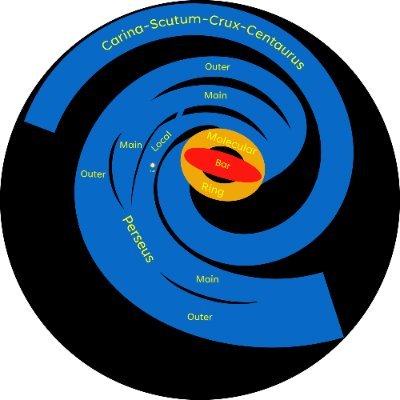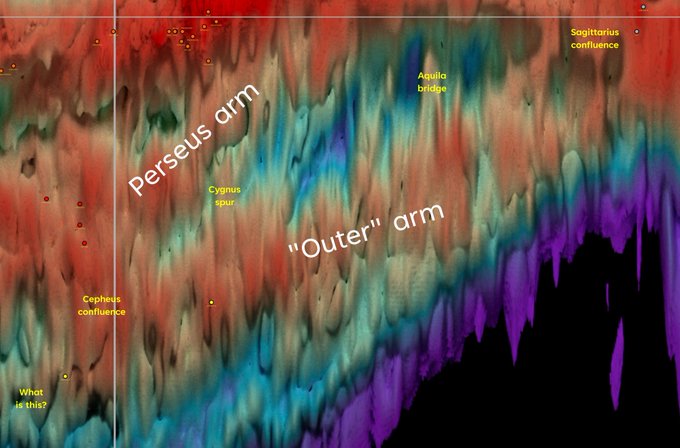I know that I'm biased here, but you might want to check out:
https://t.co/pS3poopbnF
I helped to produce some of the resources highlighted on that page.
Orion is the favourite constellation of many. Surprisingly the distance of many of its brightest stars is still uncertain. Too bright for Gaia! This new paper gives a distance for Rigel of 260 pc. https://t.co/I9kv1UE0Eo
(Image credit: NASA/STScI DSS/Noel Carboni)
When I was a kid I was fascinated by the movie Fantastic Voyage about a submarine that was miniaturized and injected inside a human body. The Milky Way has its own anatomy.
I tried rendering the stars from different temperatures from the side (at 270 degrees). Still added to the mystery.
@StefanPWinc @rdrimmel @HdAstro @Planetarium_MA Always interesting to find anything visible in the Outer region. It is clearly visible in hydrogen but does not show up in Gaia as a clearly separate arm.
Some people pointed out that the underlying model in my new big galaxy map is not very clear. So here is a version constructed from just two ellipses and two logarithmic spirals with a little icon showing the position of the Sun.
But another source of confusion is what happens *before* the Cepheus confluence. See my "What is this?" label at the bottom left of the velocity map. Many people interpret this as a continuation of the "Outer" arm into the second quadrant. But is it?
In this HI4PI hydrogen velocity map, we can see various dots that represent masers that have both velocity and parallax measures. They are colour-coded based on spiral structures. This seems clear enough but ...
HI4PI, Hi-GAL and the mystery of the first quadrant. A thread.















